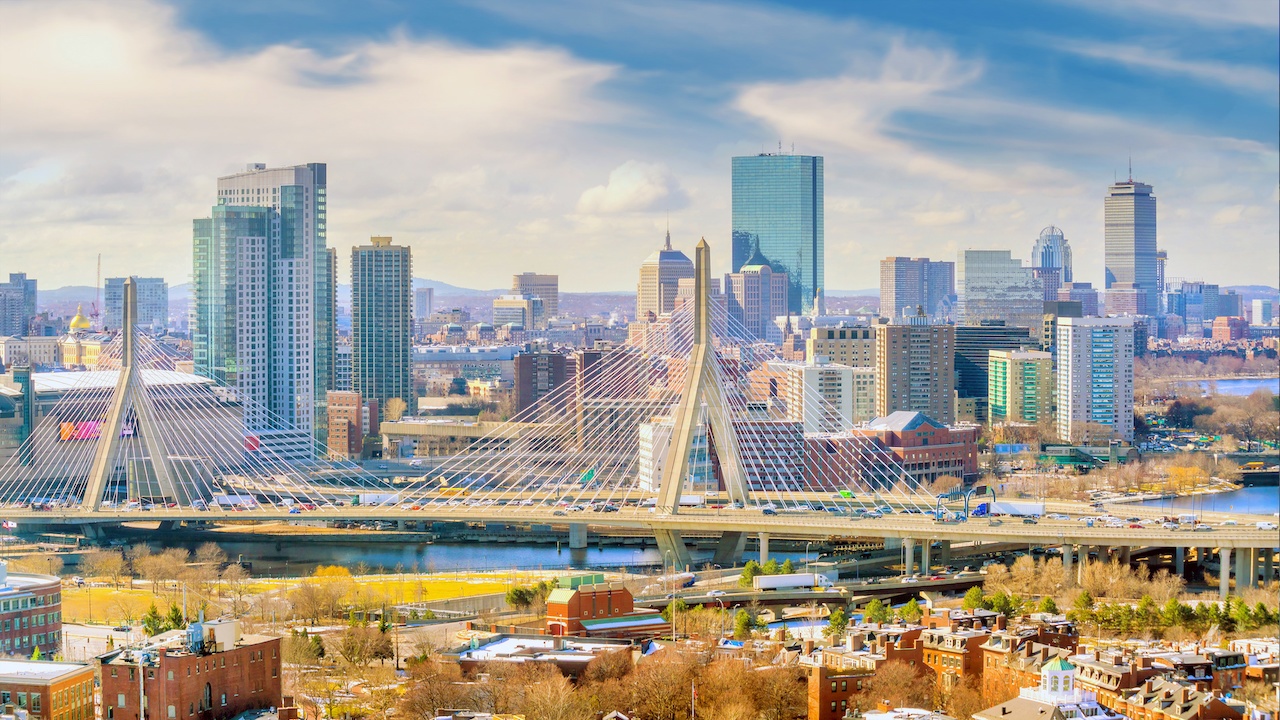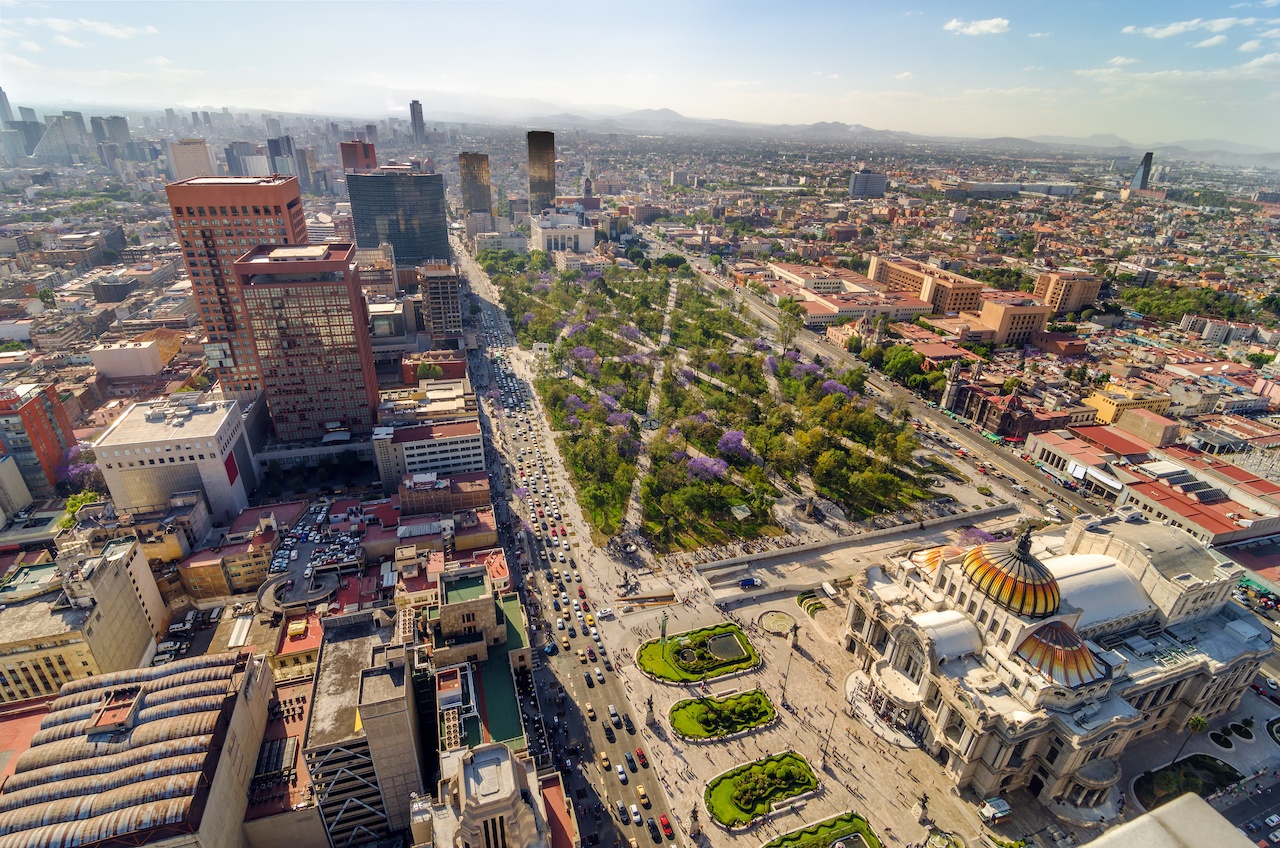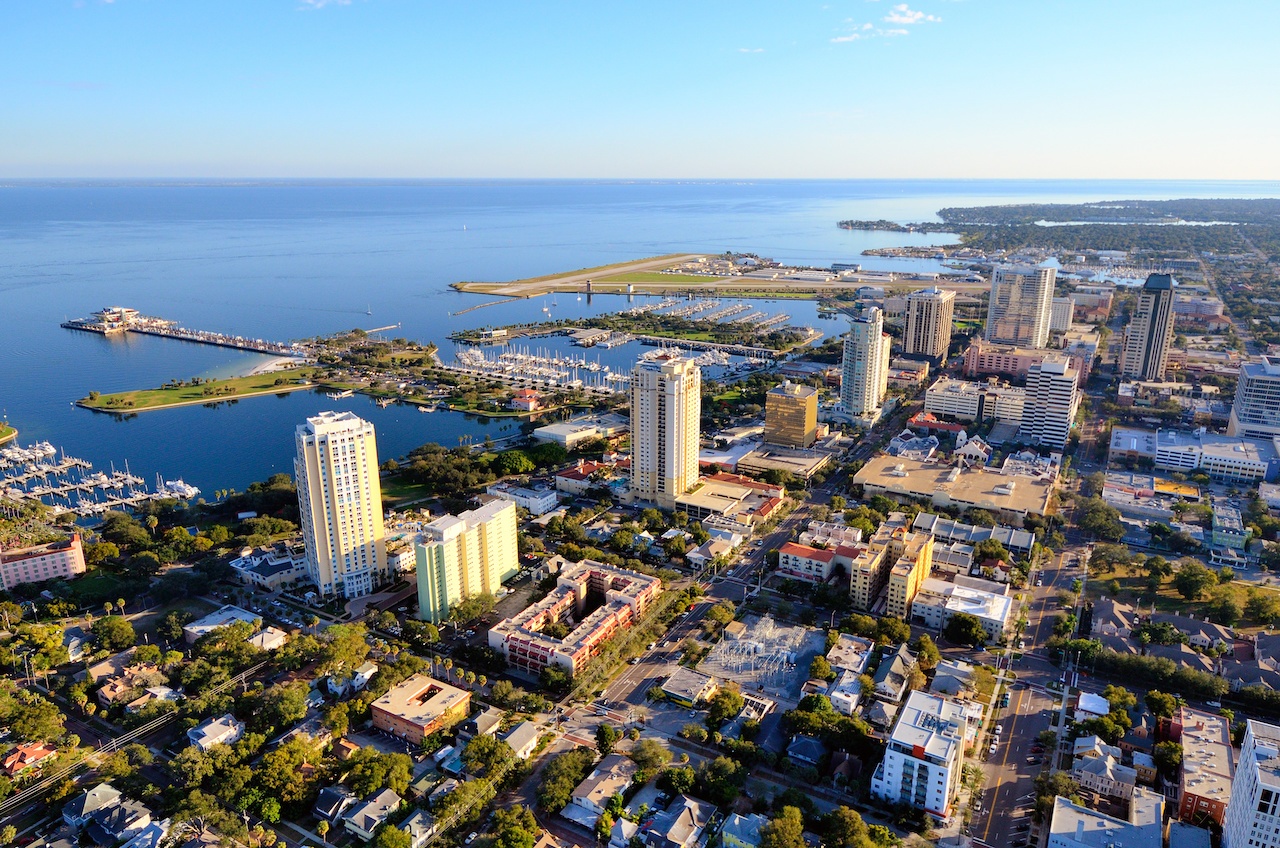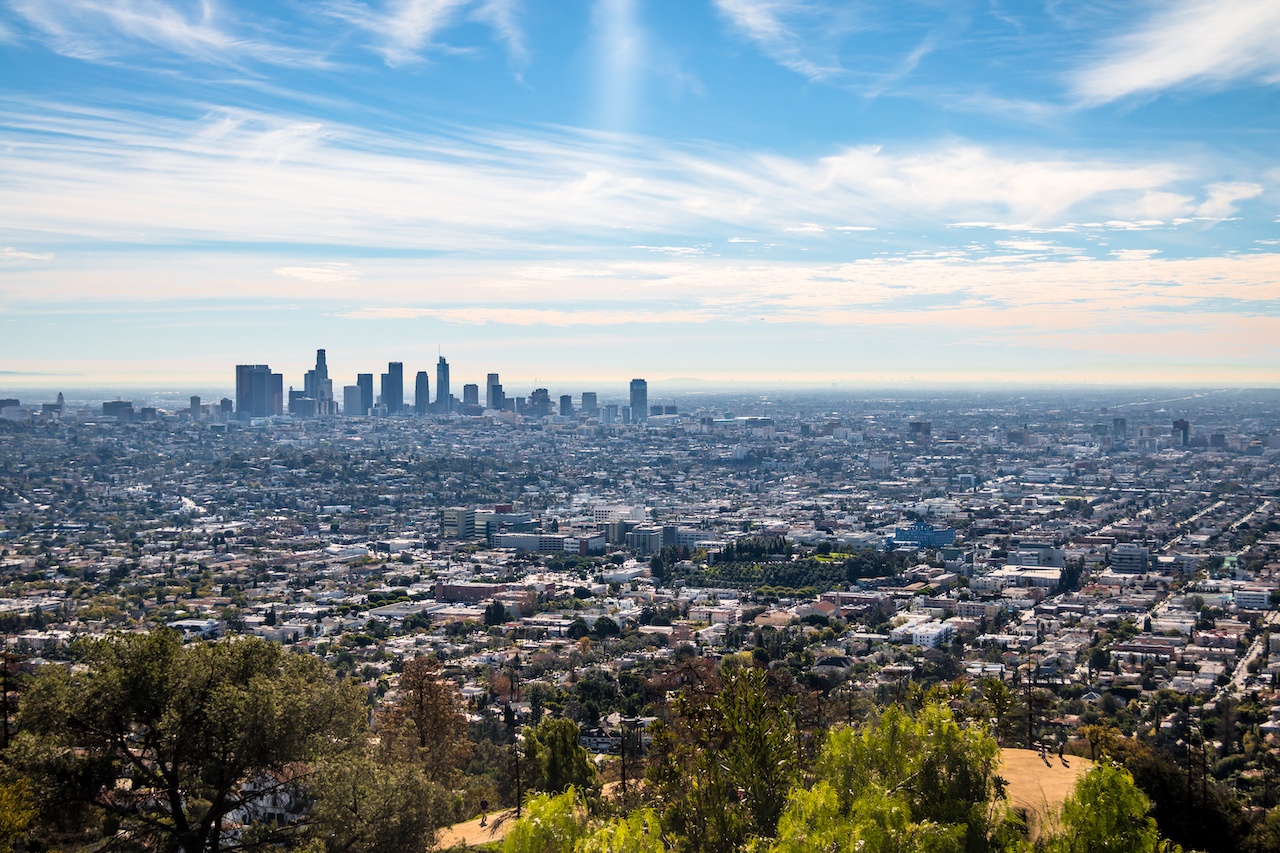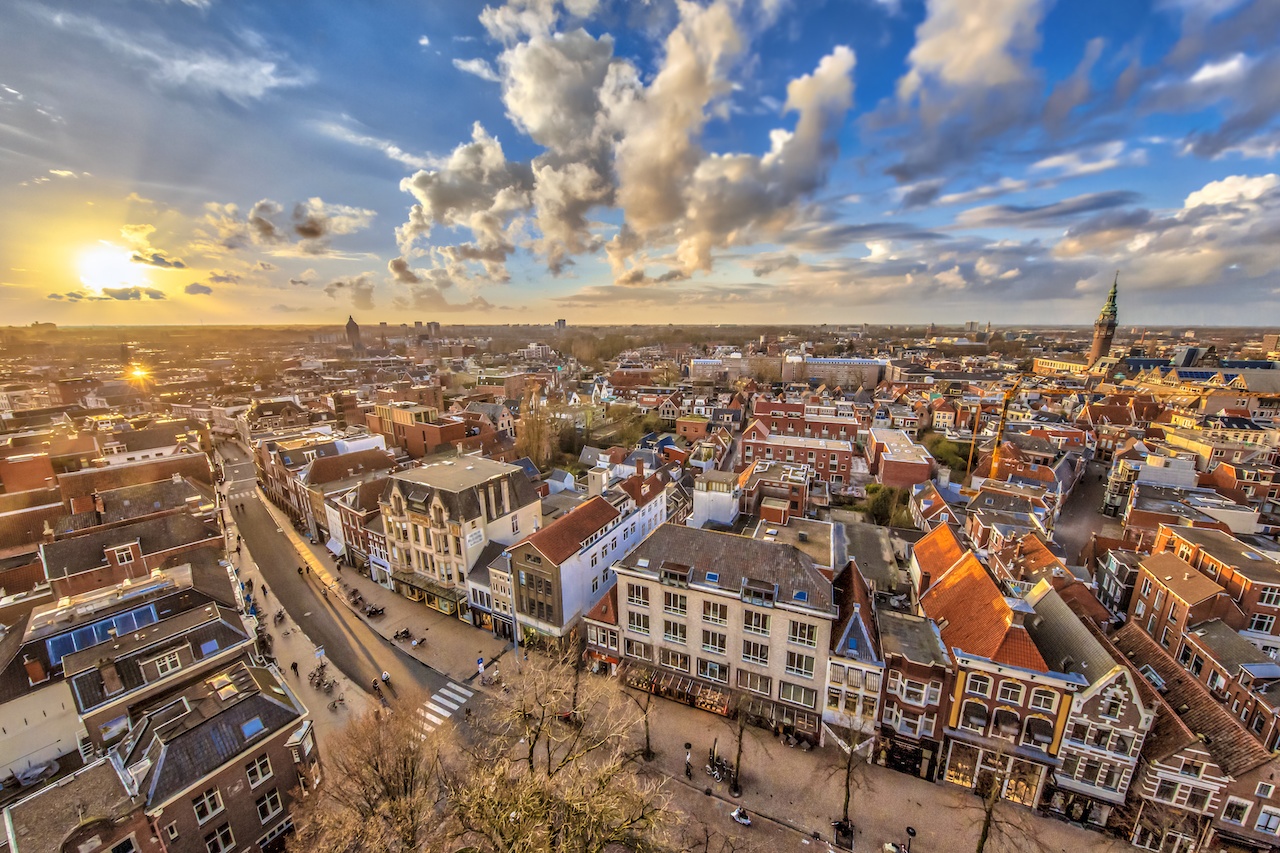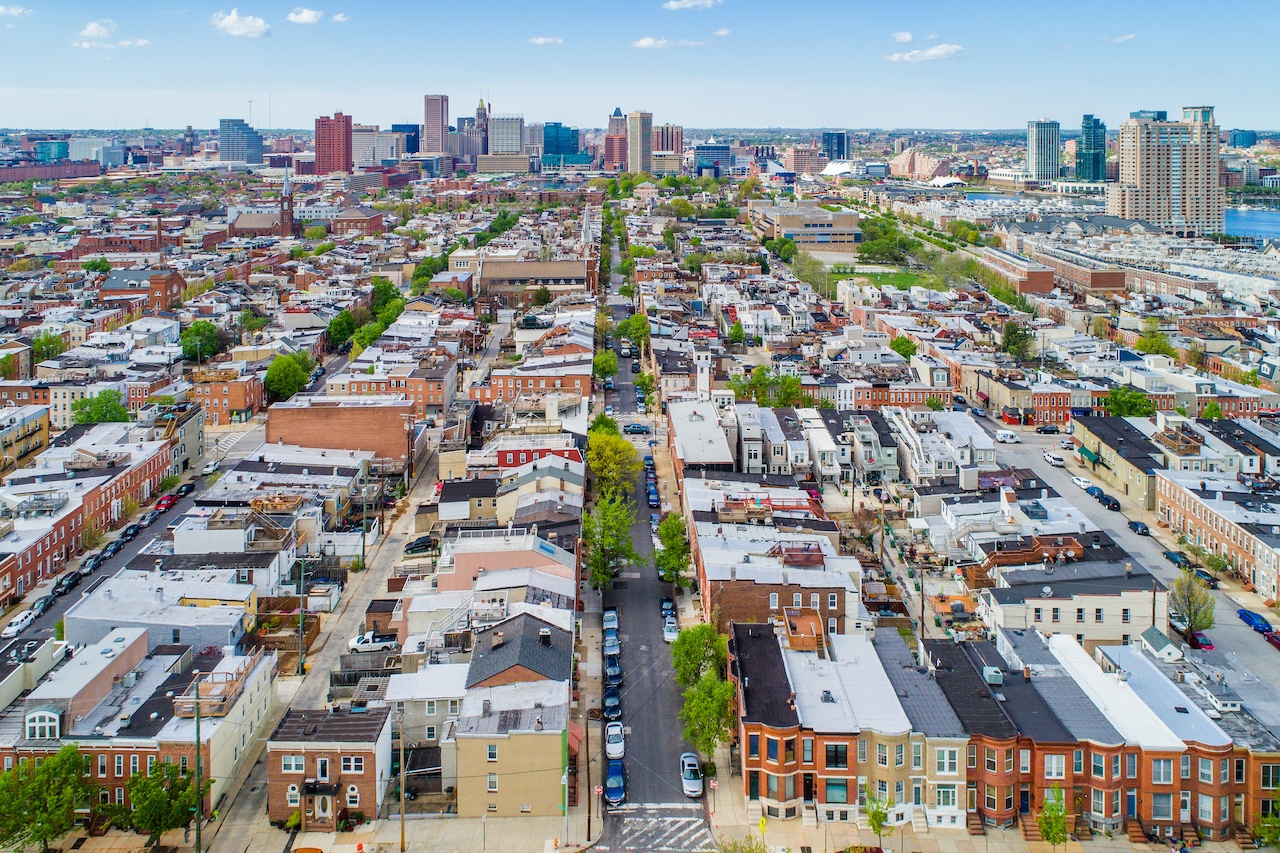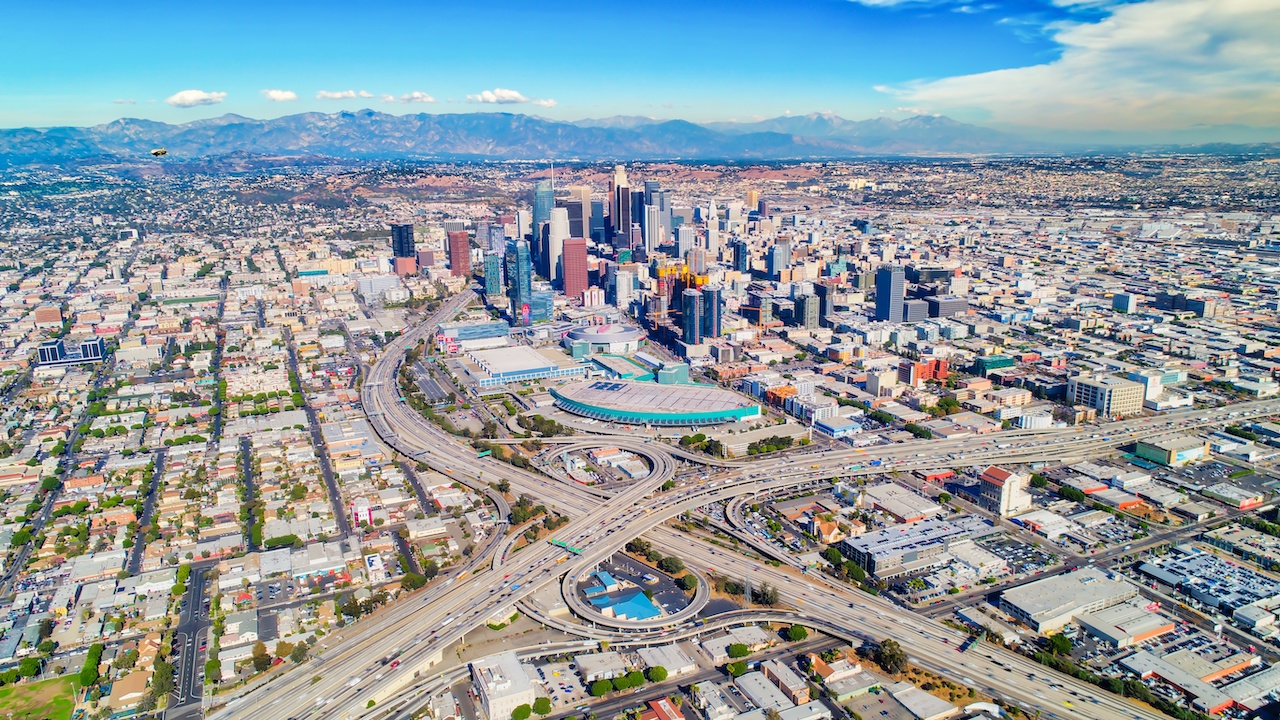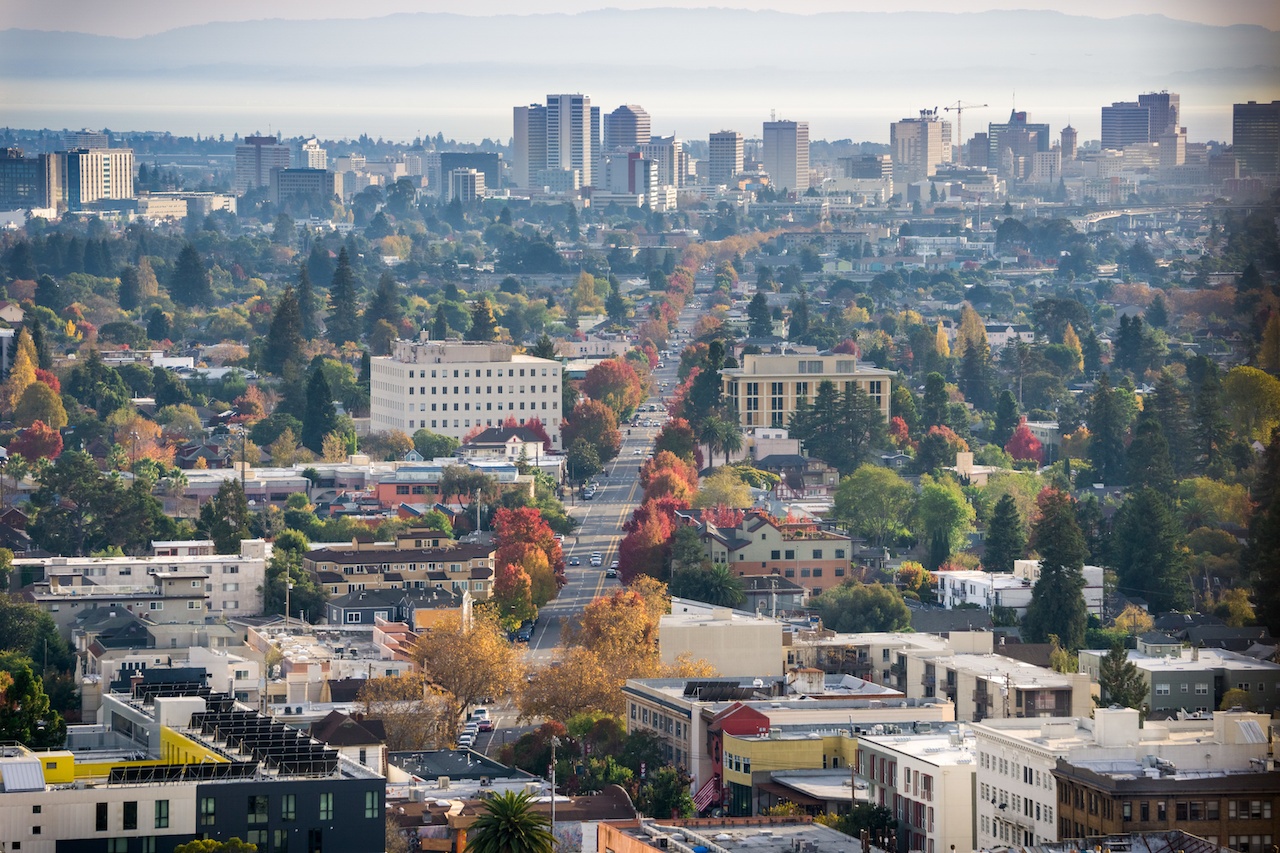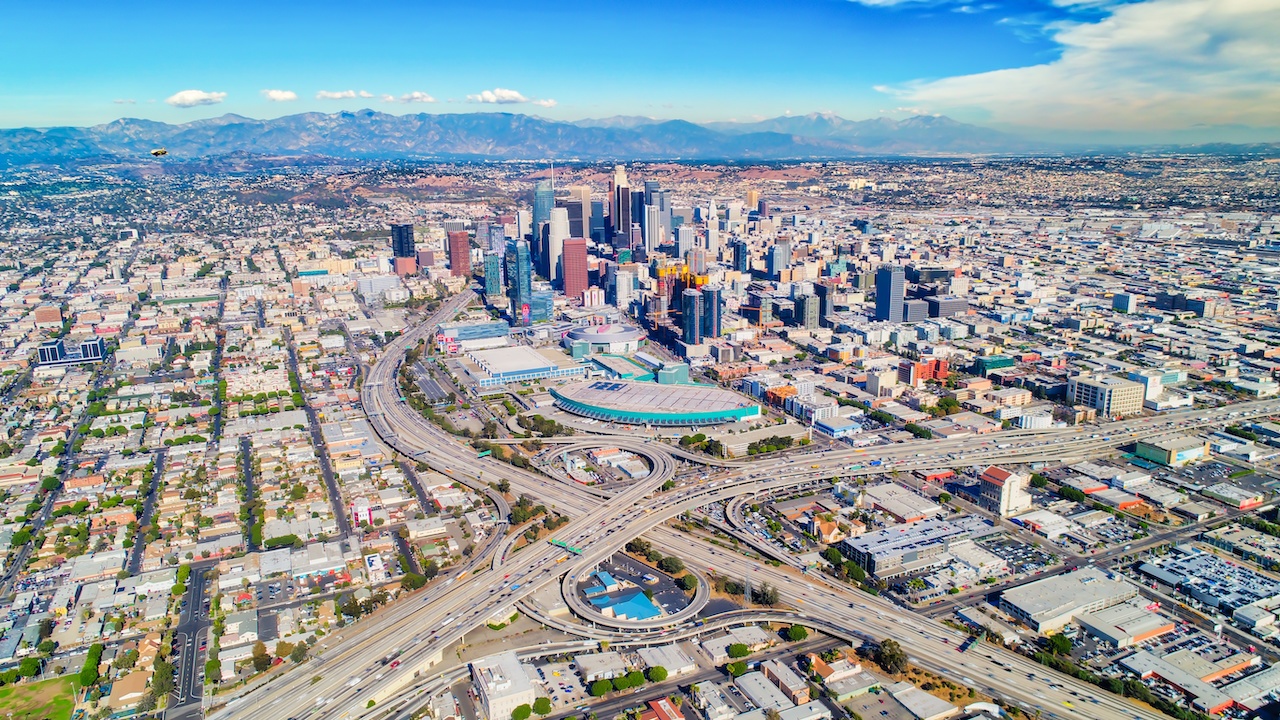Mobility
A broad category of content focused on mobility-related topics in cities.
Examples: public transit, shared mobility, multi-modal mobility, micro-mobility, autonomous vehicles, parking, transportation planning
How Cities Can Engage with Mobility as a Service
By incorporating multiple transport modes into a single application, users can benefit from personalised services which recognise individual mobility needs, easier transactions and payments, and dynamic journey management and planning.
A fully comprehensive MaaS offering could mean the ownership of private vehicles is no longer necessary for people. As mobility needs begin to be provided by a range of services through a single platform, usership could replace ownership.
The potential of MaaS has been recognised around the world. In the UK, the government has included MaaS within its transport strategy. An expert committee of Members of Parliament concluded that MaaS has the “potential to transform how people travel” by boosting public transport, reducing congestion, and improving air quality.
Cities Can Prepare for Autonomous Vehicles Now
Waiting for car manufacturers and ride-hail operators to decide the future of urban AV deployment will not create the cities that urban planners hope for, and often work very hard to make happen. While significant penetration of AVs — private or shared — is likely a decade or two away, deferring directional, optimization, and livability strategies will rob cities of flexibility, influence, and degrees of freedom within a decade.
If you believe AVs are coming eventually, the time to start getting ready is now, even if you believe human drivers will remain dominant for many decades. The steps outlined here are important support for the alternative to SOV, of expanding mobility-as-a-service such as Uber and Lyft.
Ford City:One Offering up to $550k in Pilot Funding for Mobility Solutions
In its second year, the Ford Mobility City:One Challenge (Formerly City of Tomorrow Challenge) program is a space for residents, businesses and community groups to connect and collaborate on solutions that improve mobility in cities. This year the Ford program has expanded to four more cities; Michigan Central Station (Detroit); Indianapolis, IN; Austin, TX; and its first international city, Mexico City.
The Case Against Freeway Expansion
While some cities across the country consider new highway projects, it is those pursuing alternative strategies that are thriving.
The Zero-Emissions Future for Vehicles is Coming
Drive to Zero’s mission is to transform the medium- and heavy-duty vehicle (MHDV) sector, which includes everything from transit buses to eighteen wheelers to box trucks to school buses. We are uniting key regions of change, along with leading manufacturers and fleet users, to collaboratively speed adoption of NZ and ZE technology through requirements, policies, incentives, investments, and infrastructure that support early market success.
The 5 Transformative Urban Impacts of Cycling for Transportation
BYCS is an Amsterdam-based social enterprise driven by the belief that bicycles transform cities and cities transform the world. We work internationally with governments, businesses, and nonprofits to initiate and scale breakthrough ideas that accelerate cycling in cities. We then invest our profits into game-changing programs that can be adopted around the world.
Overcoming the Inequity of EV Ownership in Maryland
We found that EV owners are white (85%), male (75%), well educated, affluent (80% >$100,000 household income), older, urban/suburban oriented, and environmentally conscious; they charge at home and use the EV to commute to work (similar to findings in other areas of the country). “Environmental concerns” is the most important factor for purchasing and driving an EV; “price and status” is the second most important factor; “efficiency and performance” of the EV is the third most important. EV owners with lower household income (<$100,000), the remaining 20%, are younger, exurban/rural oriented, and concerned about price and status of the EV. Government at state and federal levels has been subsidizing mostly affluent households to purchase new EVs, which opens up a huge equity issue.
How Policy, Planning, and Technology can Avoid Gridlocked Commuter Traffic
We are firm believers in putting nudge theory to work within organizations. Luum is a data-driven commute benefits software solution that runs end-to-end employer commute programs and gives them deep insight into how their employees commute. We’ve seen the ripple effect that even the slightest positive behavior changes around the commute can have for an entire organization and, subsequently, its city. Over the past five years, our hometown of Seattle has seen its transit ridership grow (one of two cities in the country!) and boasts a downtown drive-alone rate that hovers around 25 percent.
9 Major Opportunities for Electric Buses & Trucks
You may not hear much about electric trucks and buses, but they’re here and growing. We have to put the policies and actions in place now so that we can leverage the clean air and economic benefits of this technology to fight environmental injustice and give an economic boost to people most in need.
The Key to Philadelphia’s Bike Share Access: Partnership
The key to the Access Pass success was to make sure from the beginning that it was as easy to sign up for as possible. Eligible residents only need to input their Access Pass number into Indego’s website to make use of the discounted option. While BTS figured out the technical side of setting up the Access Pass, the Coalition has been vital to getting the word out about this alternative, and encouraging individuals to enroll.
4 Keys to Improving Safety for Urban Bikers & Pedestrians
For many people, the deciding factor in whether to walk or bike isn’t whether there is one really awesome stretch of bike lane or sidewalk on the trip – instead, it is the least safe link in their journey. If we want families, kids, and normal, death-averse people to bike and walk, we need to think about how to design crossings so that people can safely and conveniently get from any area of town to any other.
Reducing Traffic’s Role in Climate Change
With transportation emissions creating such a large portion of the climate change problem, leaders and managers in this field inherently adopt the responsibility to make a change. Parking management can help contribute to the overall goal, even if just a small piece of the larger puzzle.

